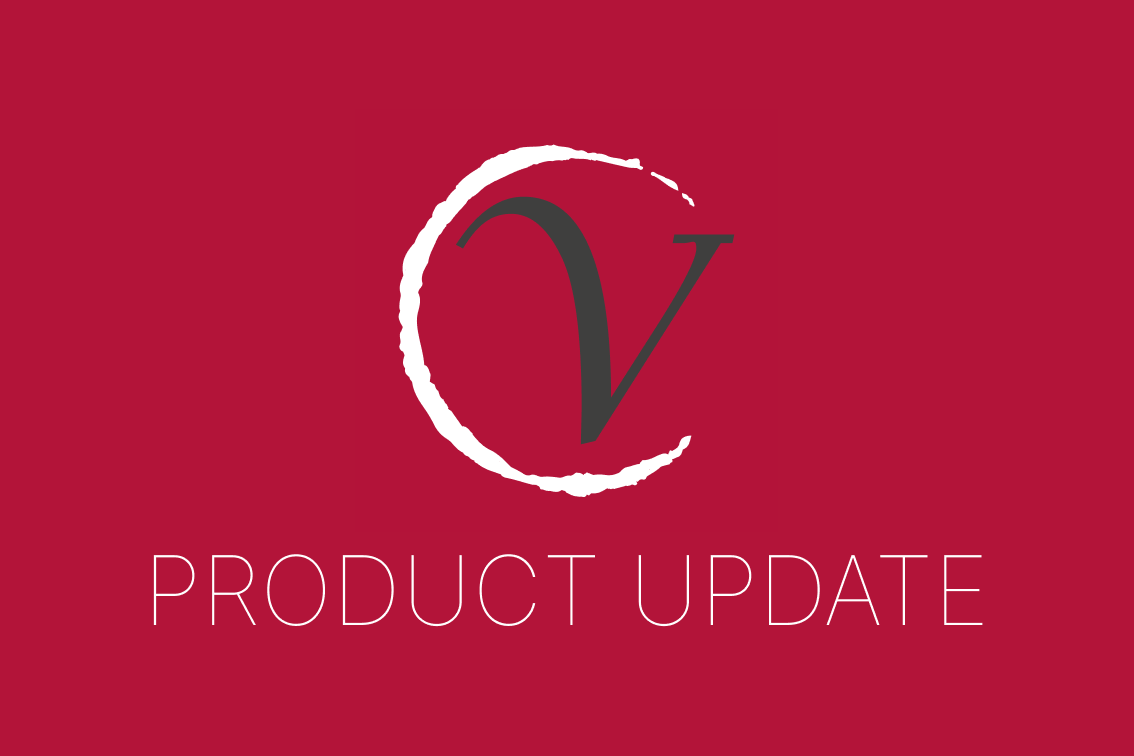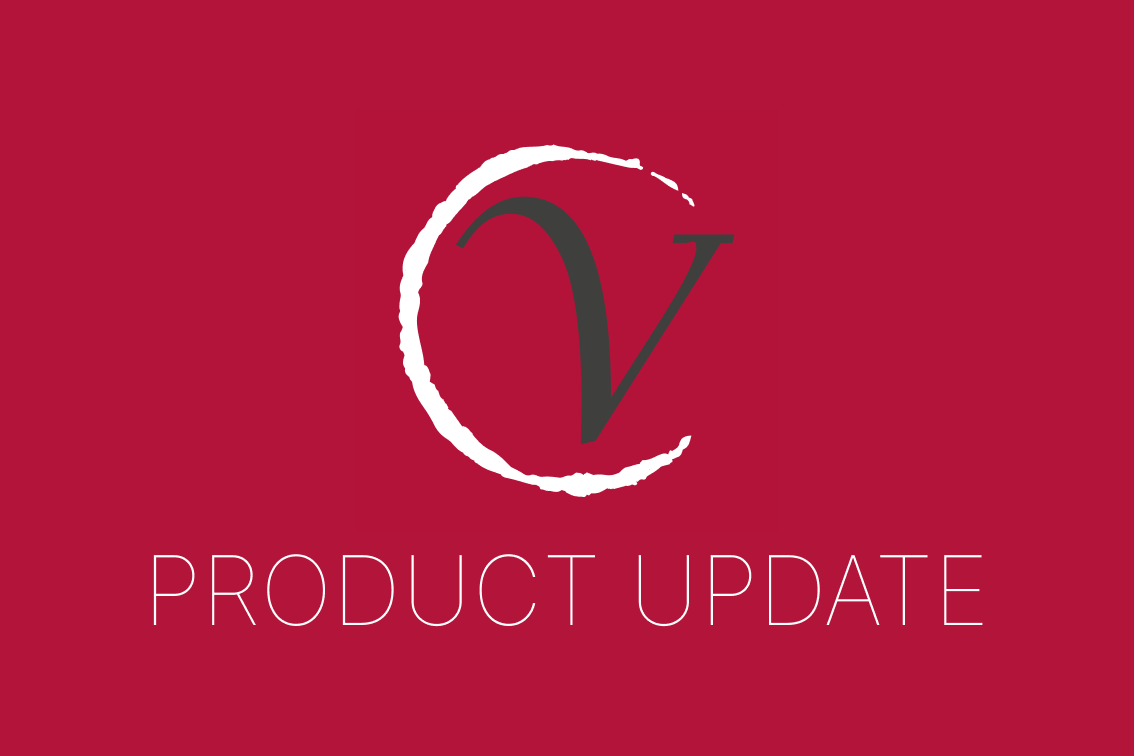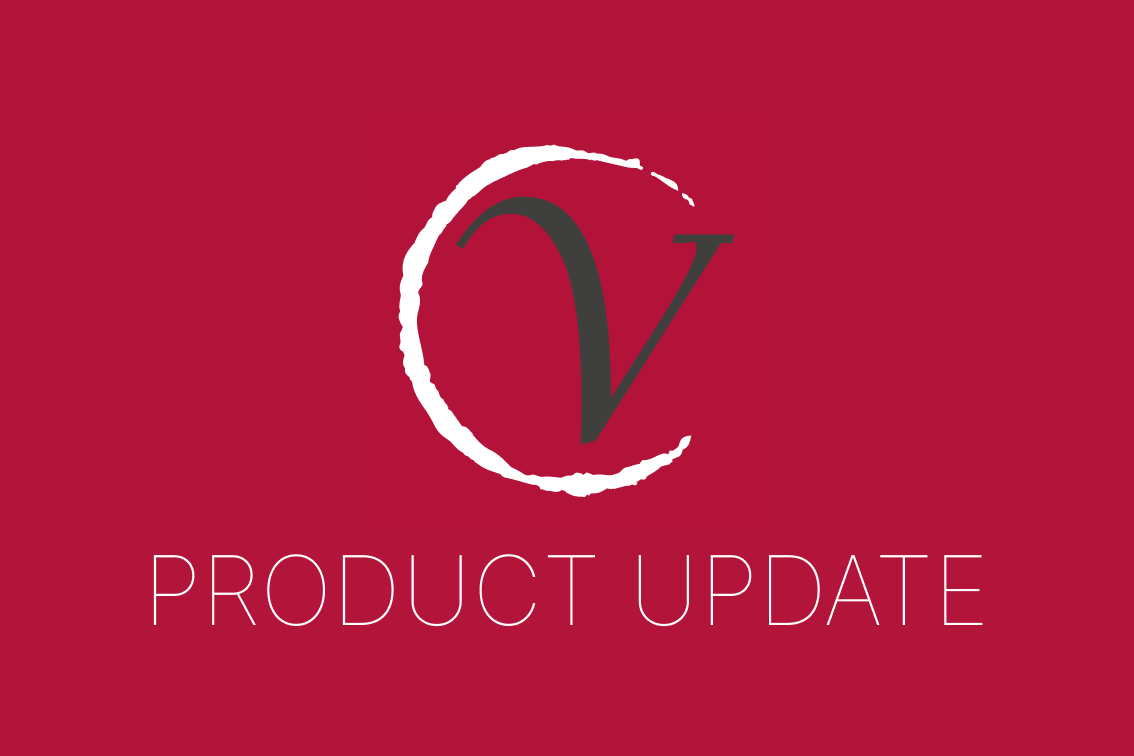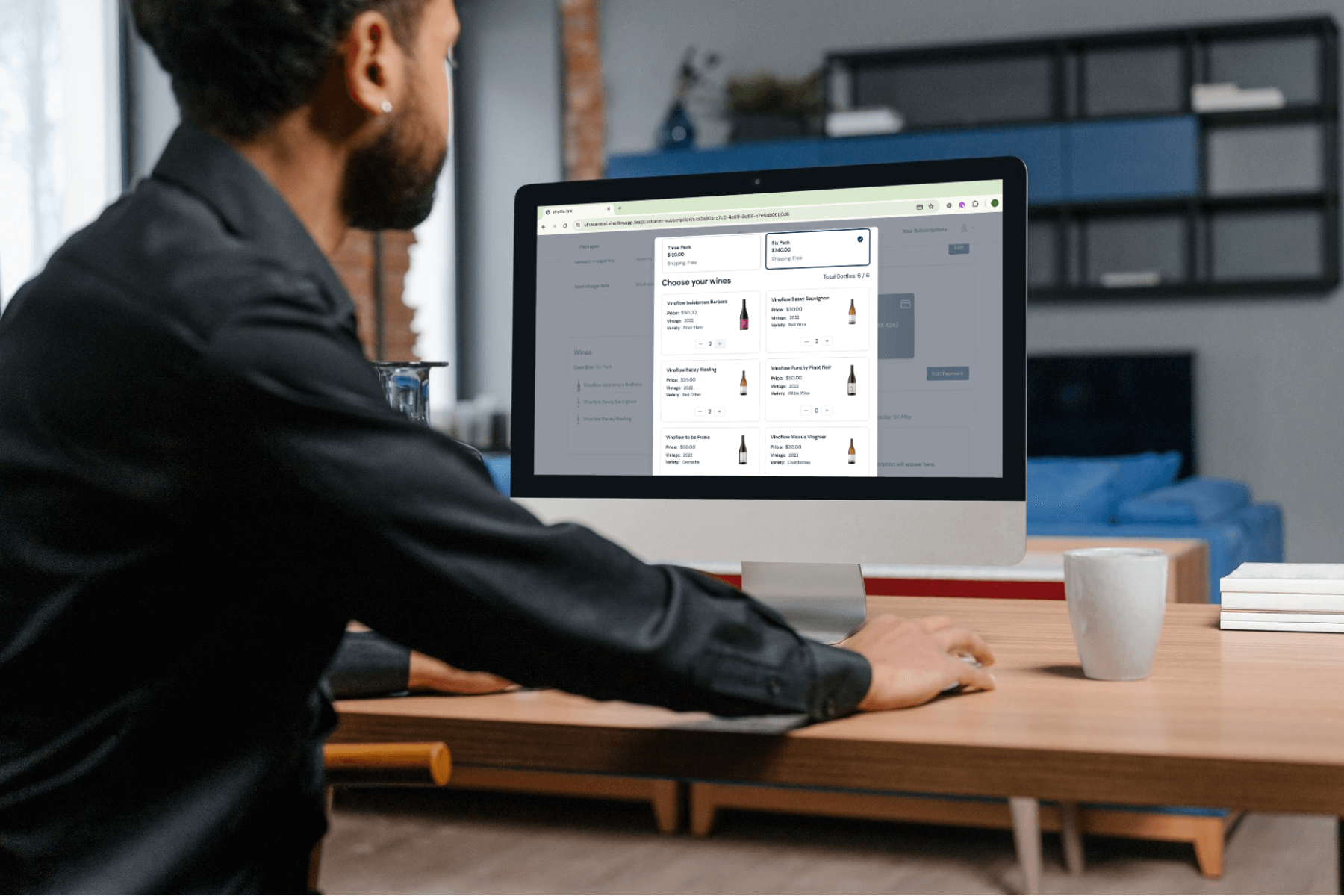30th of May 2024
10 Essential Marketing Initiatives Every Wine Club Should Have
In the rapidly evolving world of wine retail, particularly with the rise of direct-to-consumer (D2C) sales, wine clubs have become a pivotal way for wineries and retailers to engage customers and build brand loyalty. However, the success of a wine club hinges not only on the quality of the wine but also on effective marketing strategies. Here are ten essential marketing initiatives that every wine club should adopt to enhance engagement, retention, and growth.
1. Personalised Email Campaigns
One of the most effective ways to reach your wine club members is through personalised email campaigns. Unlike generic emails, personalised campaigns leverage customer data to tailor messages that resonate with individual preferences and behaviours. For instance, you can send recommendations based on past purchases, birthday greetings with special discounts, or updates about new arrivals and exclusive offers.
Personalised emails create a sense of exclusivity and appreciation, making members feel valued. This approach not only improves open and click-through rates but also drives sales and strengthens customer loyalty. Utilising advanced email marketing tools that segment your audience and automate personalised messages can significantly enhance the effectiveness of your email campaigns.
2. Social Media Engagement
Social media platforms are invaluable tools for building a community and engaging with your wine club members. Maintaining active and engaging profiles on Instagram, Facebook, and Twitter allows you to share a variety of content that keeps your audience informed and excited about your offerings.
Visual platforms like Instagram are perfect for showcasing beautiful images of your vineyards, behind-the-scenes snapshots, and eye-catching photos of your wine bottles. Facebook is ideal for sharing longer posts, customer testimonials, and engaging in direct conversations with your audience. Twitter can be used for quick updates, promoting blog posts, and interacting with wine enthusiasts and influencers.
To maximize engagement, create a content calendar that includes a mix of promotional posts, educational content, user-generated content, and interactive posts like polls and Q&A sessions. Regularly responding to comments and messages helps foster a sense of community and encourages customer loyalty.
3. Loyalty Programs
Implementing a loyalty program is a powerful way to encourage repeat purchases and deepen member engagement. A well-designed loyalty program rewards members for their purchases and other interactions with your brand, such as referring friends, attending events, or engaging with your social media posts.
Points-based systems are popular, where members earn points for each dollar spent, which can be redeemed for discounts, exclusive wines, or special experiences. Offering tiered membership levels with increasing benefits can also incentivise higher spending and long-term commitment.
By recognising and rewarding loyal customers, you not only enhance their experience but also create brand advocates who are more likely to refer your wine club to others.
4. Content Marketing
Creating valuable content is essential for establishing your wine club as an authority in the industry and keeping your members engaged. A blog or newsletter can be a great platform for sharing wine education articles, food pairing suggestions, vineyard stories, and member spotlights.
Regular content updates help keep your website fresh and improve your search engine rankings, making it easier for potential members to find you. Additionally, well-crafted content can be shared across your social media channels and included in your email campaigns to provide continuous value to your audience.
Consider incorporating multimedia elements like videos and podcasts to diversify your content and reach a wider audience. Engaging content not only informs and entertains your members but also builds a deeper connection with your brand.
5. Influencer Partnerships
Collaborating with wine influencers and bloggers can significantly expand your reach and attract new members to your wine club. Influencers have established credibility and a loyal following, making their recommendations highly influential.
Identify influencers who align with your brand values and have an audience that matches your target demographic. Partnering with them for reviews, sponsored posts, or social media takeovers can introduce your wine club to a broader audience and provide authentic endorsements.
Hosting events or virtual tastings with influencers can also generate buzz and create shareable content that further promotes your wine club. These partnerships not only enhance your visibility but also build trust and credibility with potential members.
6. Referral Programs
Word-of-mouth is one of the most effective forms of marketing, and a well-structured referral program can harness this power to grow your wine club. Encourage existing members to refer friends and family by offering incentives such as discounts, free bottles, or exclusive access to special events.
Make it easy for members to refer others by providing them with unique referral links or codes. Tracking these referrals allows you to measure the program’s success and make necessary adjustments to optimize its performance.
A successful referral program not only attracts new members but also strengthens the bond with existing members, as they feel rewarded for their loyalty and advocacy.
7. Seasonal and Thematic Promotions
Creating special promotions around holidays, seasons, or specific themes can drive sales and keep your offerings exciting. For example, a summer rosé promotion, a holiday gift package, or a “wine of the month” feature can attract attention and encourage purchases.
Promote these special packages through your email campaigns, social media channels, and website to reach a wide audience. Offering limited-time deals and exclusive packages can create a sense of urgency and drive immediate sales.
By aligning your promotions with customer interests and seasonal trends, you can keep your wine club offerings fresh and relevant throughout the year.
8. Search Engine Optimisation (SEO)
Improving your website’s visibility through search engine optimisation (SEO) is crucial for attracting organic traffic and converting visitors into members. SEO involves optimising your website content with relevant keywords, creating high-quality content, and ensuring a user-friendly experience.
Conduct keyword research to identify the terms potential members are searching for and incorporate these keywords into your website copy, blog posts, and meta descriptions. Additionally, ensure your website is mobile-friendly and has fast loading times, as these factors influence search engine rankings.
By investing in SEO, you can increase your online visibility, attract more potential members, and ultimately grow your wine club.
9. Customer Reviews and Testimonials
Positive reviews and testimonials from satisfied members can significantly influence potential customers’ decisions to join your wine club. Encourage your members to leave reviews on your website, social media pages, and third-party review sites.
Feature these testimonials prominently on your website and in your marketing materials to build trust and credibility. Video testimonials can be particularly impactful, as they provide a more personal and authentic endorsement.
Responding to reviews, both positive and negative, shows that you value customer feedback and are committed to providing an excellent experience. This transparency and engagement can further enhance your reputation and attract new members.
10. Community Building Activities
Creating a sense of community among your wine club members can foster loyalty and long-term engagement. Organise events such as wine tastings, educational workshops, and social gatherings to bring members together and create memorable experiences.
Incorporate online community-building activities, such as social media groups, forums, and virtual events, to keep members connected and engaged even when they cannot meet in person.
By fostering a strong community, you create a network of brand advocates who are likely to remain loyal members and promote your wine club to others.
Conclusion
Implementing these ten marketing initiatives can help wine clubs enhance their visibility, engage with current members, and attract new customers. By focusing on personalised and innovative marketing strategies, wine clubs can foster a loyal community and drive long-term growth. Whether you’re a boutique winery or a large-scale retailer, these initiatives can elevate your D2C wine sales and ensure your wine club’s success. Cheers to a thriving wine business!










